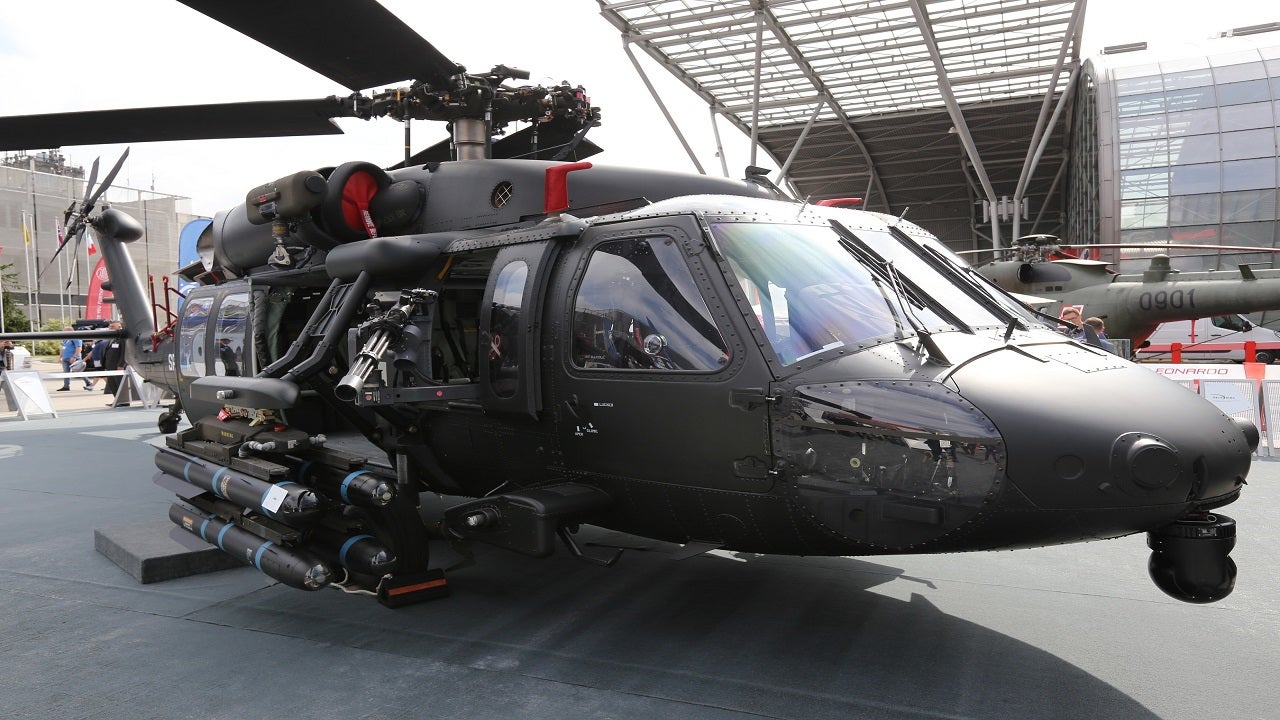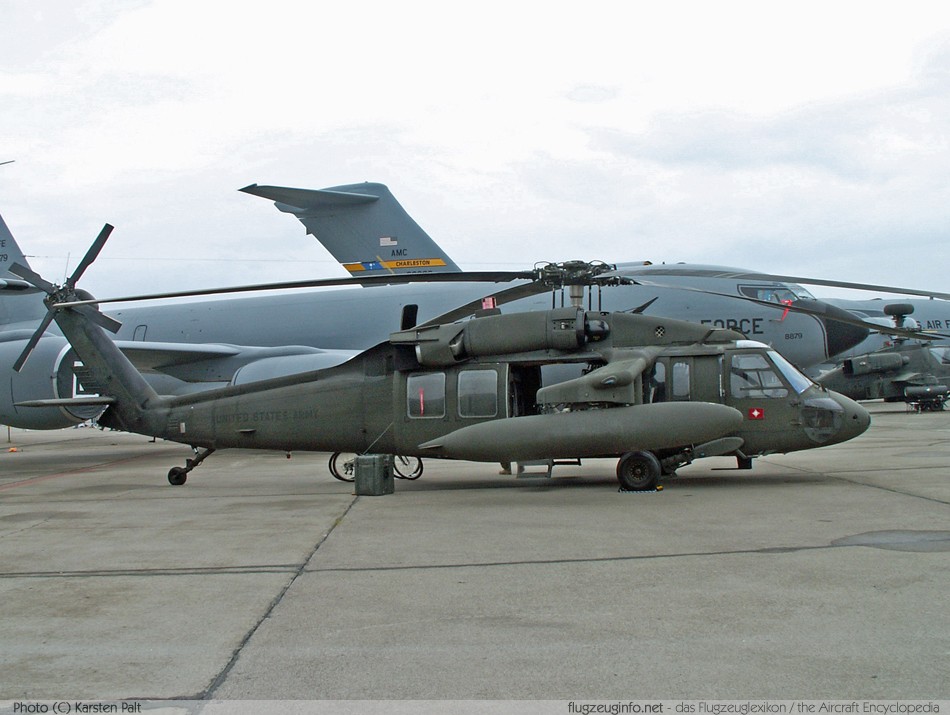Sikorsky S 70: Transforming Tactical Workflow with Cutting-Edge Innovation
Sikorsky S 70: Transforming Tactical Workflow with Cutting-Edge Innovation
Blog Article
Rotary-Wing Airplane Offering Superior Resilience and Precision Engineering
In the world of air travel, rotary-wing airplane have long been recognized for their distinct capacities in numerous functional atmospheres. From army objectives to noncombatant applications, the development of rotary-wing technology has led the way for machines that use exceptional longevity and precision design. Via innovations in materials and building methods, paired with sophisticated trip control systems, these aircraft have become vital devices for tasks that require both effectiveness and accuracy. As we check out the intricate equilibrium in between development and reliability in rotary-wing airplane, it ends up being apparent that the merging of sophisticated innovation and tried and tested layout concepts has set a new requirement for efficiency and performance in the aerospace market.
Advancement of Rotary-Wing Innovation
Throughout the background of air travel, the development of rotary-wing modern technology has been a testimony to consistent innovation and innovation in aerial engineering. From the very early days of upright trip with rudimentary designs to the innovative helicopters and various other rotary-wing airplane of today, the development in this area has been impressive.
In the early 1900s, pioneers like Igor Sikorsky and Juan de la Cierva made significant strides in rotary-wing innovation. Sikorsky's VS-300 helicopter, initial flown in 1939, marked a crucial moment in the growth of useful rotary-wing airplane. This success led the way for further innovations in vertical trip capabilities.

Today, rotary-wing airplane play critical roles in various industries, including military operations, emergency medical solutions, law enforcement, and business transportation. The evolution of rotary-wing technology continues to push the boundaries of what is feasible in vertical trip, ensuring that these airplane continue to be indispensable assets in the aviation sector.
Products and Building And Construction Innovations
Showing a fusion of sophisticated materials and specific building techniques, rotary-wing airplane have actually gone through substantial improvements in durability and efficiency. One of the essential innovations in materials made use of for rotary-wing aircraft is the boosting utilization of composite products.
Furthermore, the combination of advanced finishings and surface area treatments has played a crucial function in boosting the resilience of rotary-wing airplane. These coatings offer defense versus corrosion, abrasion, and extreme climate condition, expanding the lifespan of the aircraft and decreasing upkeep needs.
In terms of building advancements, additive production, also referred to as 3D printing, has changed the production of complex elements for rotary-wing aircraft. This innovation permits quick prototyping and customization, resulting in quicker advancement cycles and decreased expenses. Generally, the continuous evolution of materials and construction strategies is driving the capacities and efficiency of rotary-wing airplane to brand-new elevations.
Accuracy Flight Control Solution

The integration of GPS modern technology even more enhances the accuracy and reliability of these systems, enabling precise navigating, waypoint tracking, and automated trip control. sikorsky s 70. This level of accuracy not only improves the safety of rotary-wing operations yet likewise boosts overall functional efficiency and objective effectiveness
Additionally, the continuous innovations in expert system and artificial intelligence have helped with the growth of autonomous trip capacities within Precision Flight Control Equipment. This enables rotary-wing aircraft to do intricate missions with unmatched accuracy and consistency, making them vital properties in a wide variety of applications, consisting of army operations, search and rescue objectives, and aerial digital photography.
Durability in Testing Environments
Popular operational setups, rotary-wing airplane show exceptional resilience and toughness, making sure optimum efficiency under tough environmental conditions. These aircraft are made to stand up to a vast array of ecological factors, including extreme temperature levels, high winds, and harsh surface, making them fit for numerous goals in varied landscapes.
One crucial variable adding to the durability of rotary-wing aircraft is their sturdy building and construction. These airplanes are constructed utilizing top notch products and advanced engineering techniques to boost their architectural stability and dependability. Furthermore, elements such as rotor blades, engine systems, and landing equipment are diligently created to stand up to the strains and stress and anxieties run into throughout operations in challenging settings.
Additionally, rotary-wing aircraft Read More Here are equipped with advanced onboard systems that check performance metrics in real-time, permitting for aggressive maintenance and early detection of prospective problems - sikorsky s 70. This proactive strategy aids stop unexpected failings and makes sure the continued airworthiness of the airplane in demanding functional settings. Overall, the durability of rotary-wing airplane in challenging settings is a testament to their premium design and design, making them crucial possessions for numerous mission-critical operations
Upkeep and Dependability Standards
The adherence to rigid upkeep and dependability criteria is critical in making certain the ideal efficiency and safety of rotary-wing airplane. Routine upkeep checks, conducted by licensed technicians, are necessary to identify and deal with any kind of potential problems prior to they compromise the aircraft's capability. These checks incorporate an extensive evaluation of all essential components, consisting of the engine, blades system, avionics, and hydraulic systems, to assure that they are in prime working problem.
In addition, adherence to scheduled maintenance periods according to producer standards is crucial for maintaining the aircraft's dependability. This proactive method assists protect against unexpected breakdowns and guarantees that the aircraft stays airworthy for its designated goals. In addition, the execution of robust dependability requirements, such as regular element testing and replacement based on established lifecycles, even more improves the aircraft's reliability.
Final Thought

To conclude, the improvements in rotary-wing airplane innovation have brought about premium longevity and accuracy design. With ingenious materials and building methods, along with precision trip control systems, these airplane can operate in challenging environments with raised integrity. The upkeep and dependability requirements ensure that these rotary-wing aircraft proceed to do at their finest, making them important assets for numerous sectors.
Demonstrating a fusion of sophisticated materials and specific building and construction techniques, rotary-wing airplane have actually gone through substantial improvements in toughness and performance. One of the vital advancements in materials made use of for rotary-wing aircraft is the raising use of composite materials.With careful attention to detail and progressed technological assimilation, rotary-wing aircraft have actually embraced Accuracy Flight Control Equipment as a cornerstone of their functional excellence. Generally, the resilience of rotary-wing airplane in challenging atmospheres is a testament to their superior design and design, making them vital assets for different mission-critical procedures.
In conclusion, the improvements in rotary-wing aircraft innovation have actually led to superior toughness and accuracy engineering.
Report this page